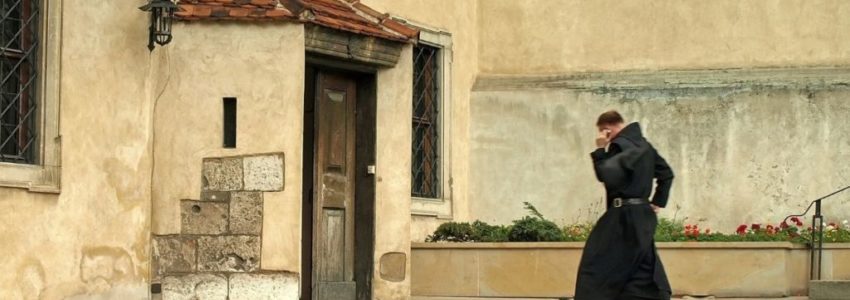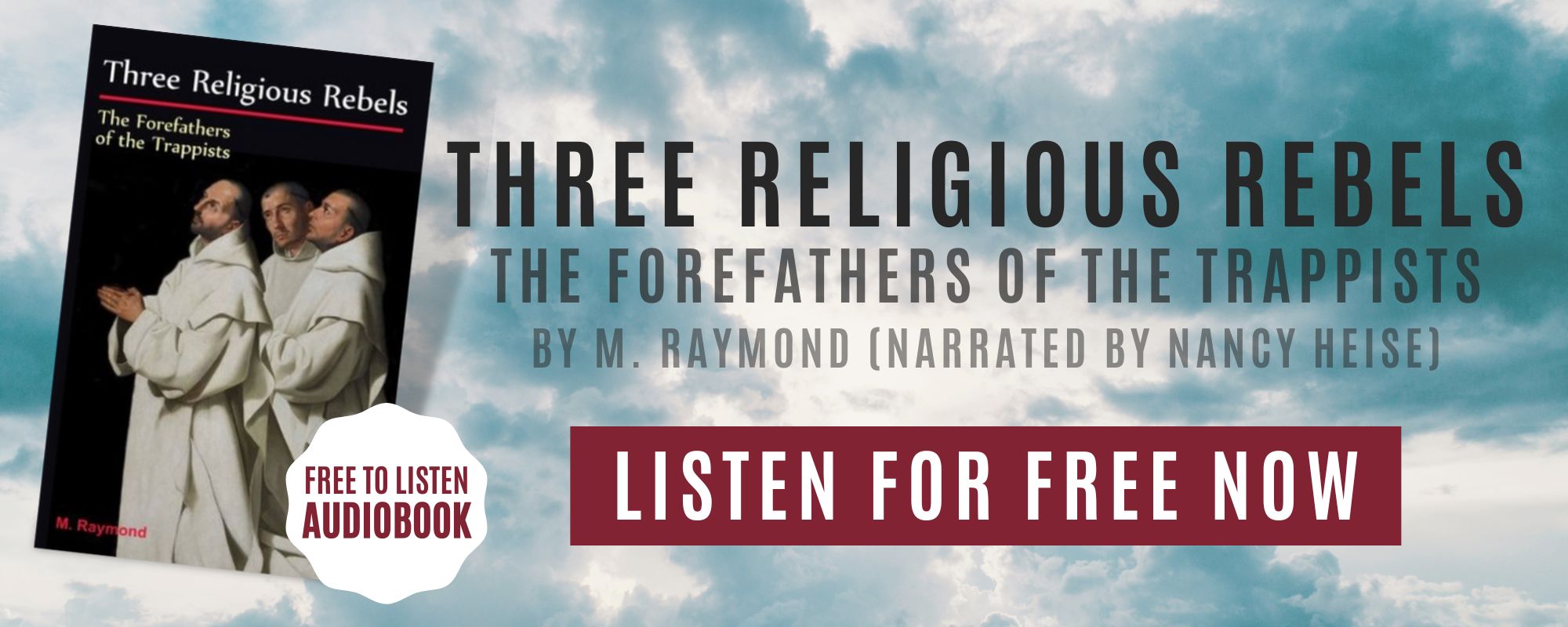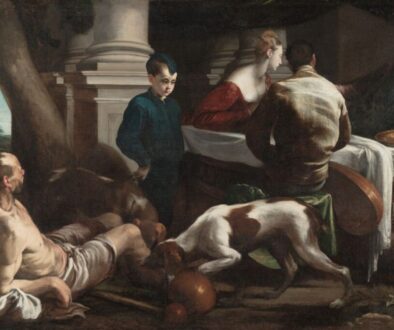Who Are The Benedictine Monks?

Published September 14, 2020
Benedectine is a general term used in relation to Saint Benedict of Nursia. Often, it is used to refer to members of the Order of Saint Benedict or the collection of monks and laypeople who follow the Rule of life of Saint Benedict. Before we go into detail about what a Benedictine monk is, we have to look back at the origins of this congregation and what being a Benedictine means.
Saint Benedict was an Italian Christian monk and abbot, electing for the monastic life upon witnessing the widespread immorality in the Holy City of Rome. He spent his monastic life as a hermit before facing the spiritual dangers and difficulties of leading a solitary life. Later, Saint Benedict came to the realization that this lifestyle was only for those spiritually mature and experienced. After establishing his own monastery in 529, he came up with his Rule – Rule of St. Benedict.
This book laid out the principles for monks living communally under an abbot. It talks about the fundamental monastic values of silence, obedience, humility, and instruction or guidelines on daily living. In essence, the Rule vividly lays out directives for both the government and the spiritual and material well-being of a monastery. It does so by integrating prayer, manual labor, and studies into a well-rounded daily routine. The phrase ora et labora (prayer and work) is closely associated with the Rule.
St. Benedict wrote the Rule at a time when the Roman empire was collapsing, and pagan barbarian tribes began taking over Europe. Christianity was all but finished if it weren’t for Benedictine monasteries with their comprehensive yet straightforward rulebook, which allowed them to spread rapidly. Later on, Charlemagne endorsed these monasteries, which only ramped up their spread. Because Saint Benedict essentially saved Christianity, he was recognized in 1964 by Pope Paul VI as the “Patron of Europe.”

What is a Benedictine monk?
As you may now know, a Benedictine is one that submits themselves wholly to the Rule of St. Benedict. A monk is one that practices ascetism, either alone or with other monks. Monks spend their lives denouncing worldly desires. Instead, they dedicate their lives to serving others, choosing to leave mainstream society to live life in deep contemplation and prayer. They lead a monastic life, glorifying God in all things.
How does one become a Benedictine monk?
First, we must clarify that each monastery is autonomous, meaning vocational specifics are handled by individual monasteries instead of one central organization.
A Benedictine monk has to follow a set of commitments known as the “Benedictine vows.” The promises he has to keep are:
- Stability – to commit to his monastery
- Conversion of Morals – living the monastic life of celibacy and poverty, following the Gospel according to St. Benedict’s directives
- Obedience – to work under the guidance of an Abbot, who acts as the leader of a monastery
According to the OSB, there are a series of steps or stages you must go through to become a Benedictine monk. While this also depends on your specific monastery, typically, the stages are as follows:
- Candidate
- Postulancy
- Novitiate
- Temporary vows
- Final vows
Seek a Deeper Connection with God and Join Lay Cistercians of South Florida
Lay Cistercians of South Florida, is a community of lay people who seeks to have a deeper connection with God by living a life inspired by the monks and nuns through Lay Monasticism. Learn more about what is a Lay Cistercian on our website. Anyone who aspires to do the same as us, and is a confirmed Catholic is welcome to join us! We meet every second Saturday of the month at Emmanuel Catholic Church in Delray Beach, Florida.

This Content Has Been Reviewed For Accuracy
This content has undergone comprehensive fact-checking by our dedicated team of experts. Discover additional information about the rigorous editorial standards we adhere to on our website.

About The Author
Judy Ponio is a professional writer for the Lay Cistercians blog and a devoted Catholic. She works hard to ensure her work uses accurate facts by cross checking reputable sources.




